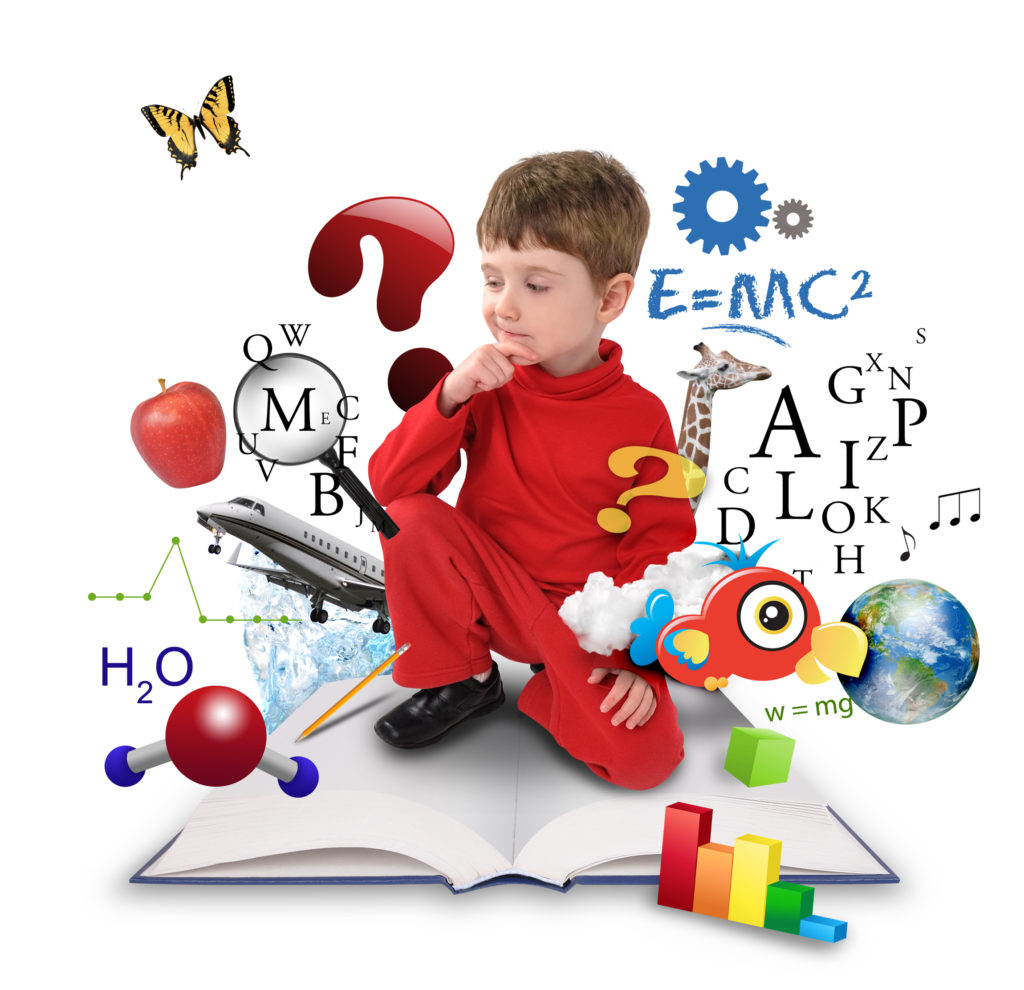Even though a considerable time, technology is still a classy button issue. Some educators and students love and make use of technology flawlessly daily, while others hate it and don’t discover why correctly expected to use it at all.

In addition, complicating any discussion in the role of technology in schools may be the perceived inequality gap between rich and poor school districts. Some schools appear to have endless resources for new technology (think iPads and 3D printers), while other schools need to use what wealthier schools might disregard as old.
Similarly, supporters of technology state that technology within the classroom encourages independent learning, teaches real-world life skills (e.g. creating emails, online etiquette), inspires creativity, helping students experiment in disciplines such as science by using more using new tools.
Conversely, critics of technology within the classroom state that it results in distraction (especially if students are checking Facebook instead of paying attention), fosters poor studying and research habits (e.g. just searching Google as opposed to really researching a subject matter using library resources), and can bring about problems like cyber bullying or invasion of privacy.
What’s clear is the fact that there are specific trade-offs included in technology. Educators must not view technology like a panacea that may magically teach students how you can read every time they have accessibility to an iPad. And students must not view tablets, phones, and 3D printers simply as toys to prevent the true work of studying.
That’s why the key figure in any discussion about technology within the classroom (and out of the classroom) may be the teacher. In case a Visa for teacher in US would like to supplement an in-class lessons with internet resources, she must be sure a lot of students have equal usage of those resources. Some students may reside in a home with usage of multiple computers and tablets, while others might reside in a home high isn’t any usage of fractional treatments.
The objective of technology must be to make learning quicker and easier for many students. Which often means challenging many assumptions regarding how students learn best. As an example, one trend inside the U.S. educational method is “flipping the classroom,” through which online learning plays a vital role. Unlike the regular classroom, where lectures happen through the school days and homework gets done at night, a “flipped classroom” signifies that students work with teachers on homework through the school day then watch movie lectures at night.
And there’s another thing that should be taken into account, and that’s the capability for technology to organize students to the arena of the near future. That’s the reasons U.S. educators are paying attention to computer science and coding – they have got even described coding/programming like a new fundamental skill within the digital economy, right alongside literacy. In this instance, naturally, it can be computer literacy that means something.
Whether it’s online education, iPads, gaming or BYOD, technology will play a critical role in the foreseeable future continuing development of education. It’s important for any teacher to be aware of the many issues playing anytime they introduce technology into the lesson plan along with the overall classroom experience.
More information about Visa for teacher in US go to the best internet page: click
